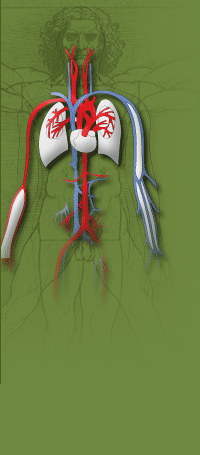|
"The myth of 'permanent access' and when to arrange for a shuntogram," we discussed the reasons for referring patients for a shuntogram – to recognize that all access requires maintenance, that signs of failure allow us to predict when an access is about to fail, and the importance of taking care of our accesses without procrastination so we don’t find ourselves in an emergency situation. A shuntogram may be urgent or elective depending on the severity of the “warning signs”, but generally can be arranged as an outpatient procedure at a time convenient to the patient. Because sedation may be used, the patient is generally asked not to eat anything after the evening before, and to have someone drive him or her. Patients are advised to take their blood pressure medications with a sip of water. Diabetics are asked to hold their insulin dose the morning of the procedure. Most often, patients on coumadin, Plavix or aspirin are not required to stop their blood thinners prior to the procedure. Patients with mild allergies to iodine contrast (hives, itching) are prepared with prednisone, zantac and benadryl to reduce the risk of allergic reaction. Patients who went into shock or had their airway close up due to iodine allergy should only have their procedure done under the supervision of an expert anesthesiologist who is prepared to manage this risk. Once the patient is comfortable in the procedure room, the arm or leg with the problem access is cleaned and then walled off with sterile sheets. The graft or fistula is accessed with a needle, and a small tube placed for contrast injection. The graft or fistula is studied from its origin in the arm or leg all the way to the heart, with x-rays taken during contrast injection. All narrowings in the circuit can cause failure of a graft or fistula, and all significant narrowings are stretched with a balloon from the central vessels out to the arterial anastomosis. Although the most common place for stenosis is at the venous anastomosis of a graft, narrowings in the central veins (from previous catheters), in the graft or at the arterial anastomosis are also very common, and may need to be treated to avoid thrombosis of the graft or fistula. When all narrowings have been successfully stretched, a strong thrill (vibration) should be felt over the graft. A weak thrill can mean that an inflow problem has been missed. Continued pulsatility usually means that a significant outflow stenosis (narrowing) still exists. The access is re-examined and retreated until a satisfactory result is obtained, or until nothing else can be done. Sometimes larger balloons are needed for a stubborn stenosis, or on occasion, a stenosis that does not respond to stretching alone may require a stent. Pressure or flow measurements may guide the surgeon in knowing when to quit, or when to keep working. Problem accesses that cannot be fixed endovascularly may require operative revision or replacement. In conclusion, endovascular maintenance of dialysis access is guided by the appearance of signs that indicate the graft or fistula is beginning to fail (see "Warning signs for grafts and fistulas". Endovascular treatment is less invasive, less costly, and less inconvenient than surgical revision. Since it is typically elective or only semi urgent, usually it can be scheduled at a time of the patient's choosing. Endovascular maintenance is the preferred way for patients with failing grafts or fistulas to keep their accesses functioning, and to avoid emergency trips to the hospital for clotted access. |
| Return to patient education page |
 |
||||||||||||
|
|
||||||||||||
|
||||||||||||

